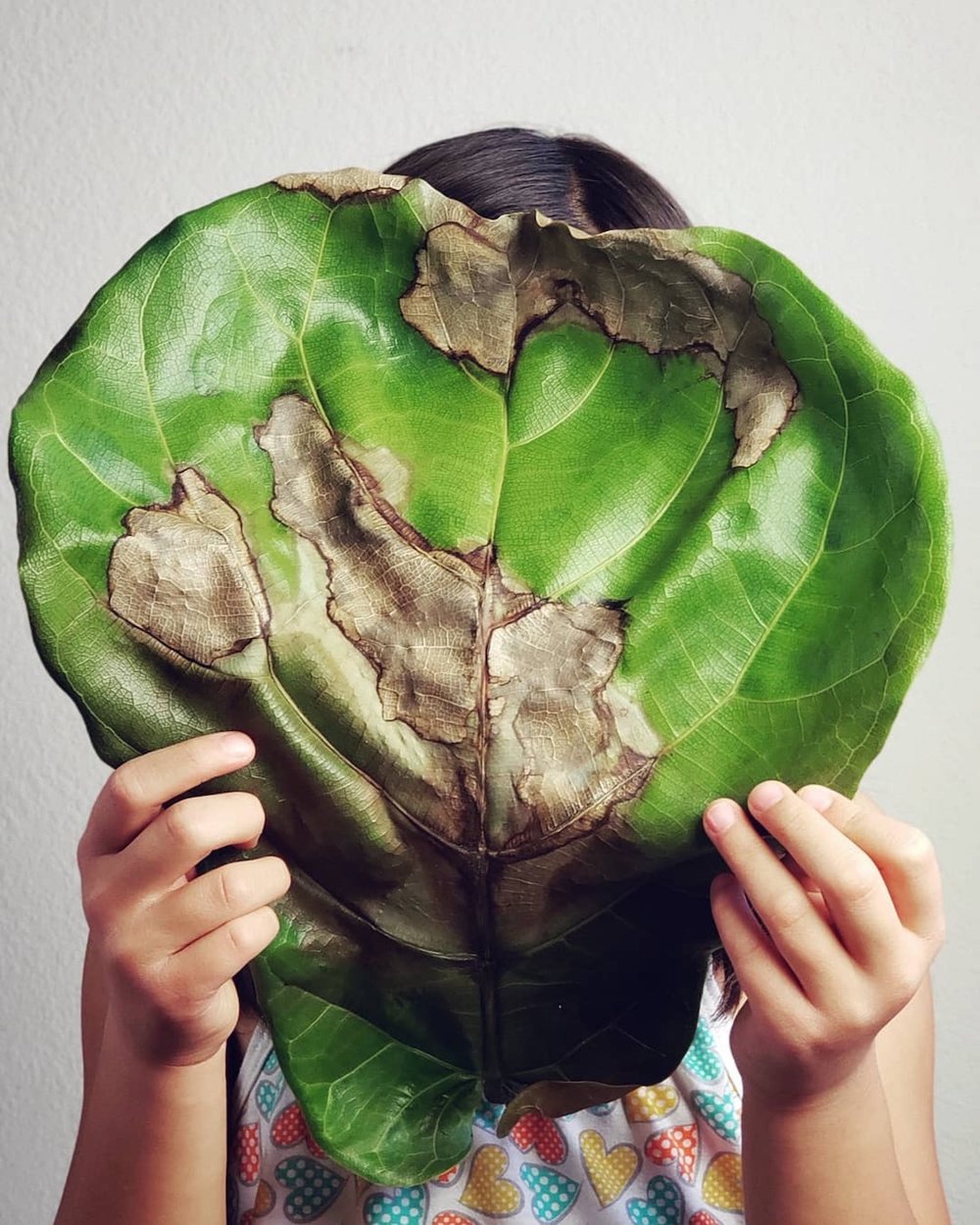
Plants with black leaves are always an alarm and a warning that they are unhealthy. You might observe that the sheet is darkening evenly and gradually, or you might notice the appearance of black patches or blacken in specific locations. In any case, it’s critical to figure out what’s causing the spots on the plants’ leaves in order to prevent the spread of disease.
We explain why plants have black leaves in this article. Learn how to remove black spots from plant leaves by learning the most common reasons and the best tips. Keep these in mind, especially now that summer is finished and it’s time to get the garden ready for the upcoming cooler weather.
What Causes Leaves to Turn Black?
One of the most common problems gardeners face is garden leaves turning black and falling off the plant. There are many possible causes, but the most common is a deficiency of nutrients in the soil. Here are some tips to help you treat leaf blacking:
- Add organic matter to the soil: A good way to increase the nutrients your plants need is to add organic matter to your soil. This will provide them with essential nutrients and help prevent nutrient deficiencies from occurring.
- Check the pH levels: One of the main factors that can affect leaf color is the pH level of your soil. If it’s too high or too low, it can cause problems for your plants. Try to keep the pH level around 6.5-7.5.
- Supply water during dry spells: Another reason why leaves might turn black is if there’s a water shortage in your garden. Make sure to water your plants regularly during dry spells to prevent this from happening.
Lack of Irrigation

The first question you should ask yourself when the tips of the plants’ leaves become black is, “Have I watered them enough?” Plants are living beings, and even if we are aware of this, we might occasionally overlook their fundamental needs for water, particularly during holiday periods when we are less attentive.
This could be the cause of your plant’s dark leaves if you haven’t given it enough water. Dark stains on the leaves indicate that the plant is drying up, and adequate watering should be resumed right away.
Burnt Leaves

It’s crucial to remember that each plant needs its own space, both inside and outside the house. Some people are opposed to being exposed to the light directly. If your plants’ leaves have dark patches on them, double-check that they’re in the proper area, taking into account their needs for light or shade.
It’s possible that the sun is causing them to get sunburns, which must be avoided. Also, if you have a plant that is exposed to the sun, make sure to water it by pouring it on the ground rather than on the leaves to avoid further solar damage. Finally, water early in the morning or late in the afternoon rather than in the midst of the day.
Fungus and Bacteria

The presence of fungi on plants is without a doubt the most common source of black patches on their leaves. These can be found at the tips, on the edges, or spread throughout the surface in the form of points.
Fungus, powdery mildew, and sooty mold (sooty mold) are among the most common fungi that can infect outdoor plants and shrubs. It’s critical to remove the infected leaves as soon as possible and treat the plant.
Pests
Aphids, caterpillars, red spiders, and whiteflies are just a few of the insects whose overwhelming presence as pests can cause dark patches on plant leaves. In actuality, fungi and parasites frequently coexist, with the fungus being the source of the black color. Both constitute a deadly duo that puts the plant’s health in jeopardy.
Stuffiness
Warm temperatures, heavy humidity, and inadequate ventilation These three conditions combine to create an excellent environment for fungi, bacteria, and pests to thrive, generating black patches on the plant’s leaves as the first symptom.
It commonly occurs in indoor plants during vacation periods, when the house is closed (without ventilation) for many days. The problem can also occur in outdoor plants if they are planted in a flower bed that is too tiny and congested, preventing air from flowing freely between them.
Unsuitable Soil
When there is no evident cause for the black spots on the plants, the source of the problem could be the substrate that supports and feeds them. The soil’s alkalinity or acidity has an impact on its growth. It may be required to adjust the pH of the soil to prevent the emergence of these spots.
You should also make sure that no element is harming the roots and impeding the plant’s regular development. A stony layer, an underground pipe, or other obstruction could be preventing the plant from receiving the water and nutrients it requires. As a result, because it has started to dry, black blotches form. A change of location could be the answer once more.
Excess Manure and Fertilizers

Fertilizing flowers, trees, and shrubs on a regular basis is essential for them to develop healthy and complete the flowering process. An overabundance of fertilizers, on the other hand, might be counterproductive and cause the plants’ leaves to ‘burn’ from the inside. Check to see if you’re using the proper fertilizer for your plants and in the right amounts if you notice black patches.
How to Treat Black Leaves on Plants

The best choice is to take preventative actions to keep your plants from becoming ill. You must set them in the proper location, water and fertilise them on a regular basis, and keep an eye on ventilation if you want them to grow healthy and beautiful. Even yet, if you notice black spots on your plants’ leaves, you should respond quickly because their presence is not good.
Some ideas to consider in order to help your plant recover its health are:
- If fungi or bacteria are causing black spots on plant leaves, fungicides are required. Spray them all over the plant, paying special attention to the parts that are most damaged. Remember that baking soda or vinegar mixed in water can be used to make DIY fungicides.
- To prevent the infection from spreading throughout the plant or to neighboring plants, remove the afflicted leaf if the spot covers a considerable area. If the stain is caused by a dry or burned leaf, the best solution is to remove that as well.
- To prevent the disease from spreading, remove fallen leaves from the potting or garden soil. Keep the tools you use in the garden clean as well.






